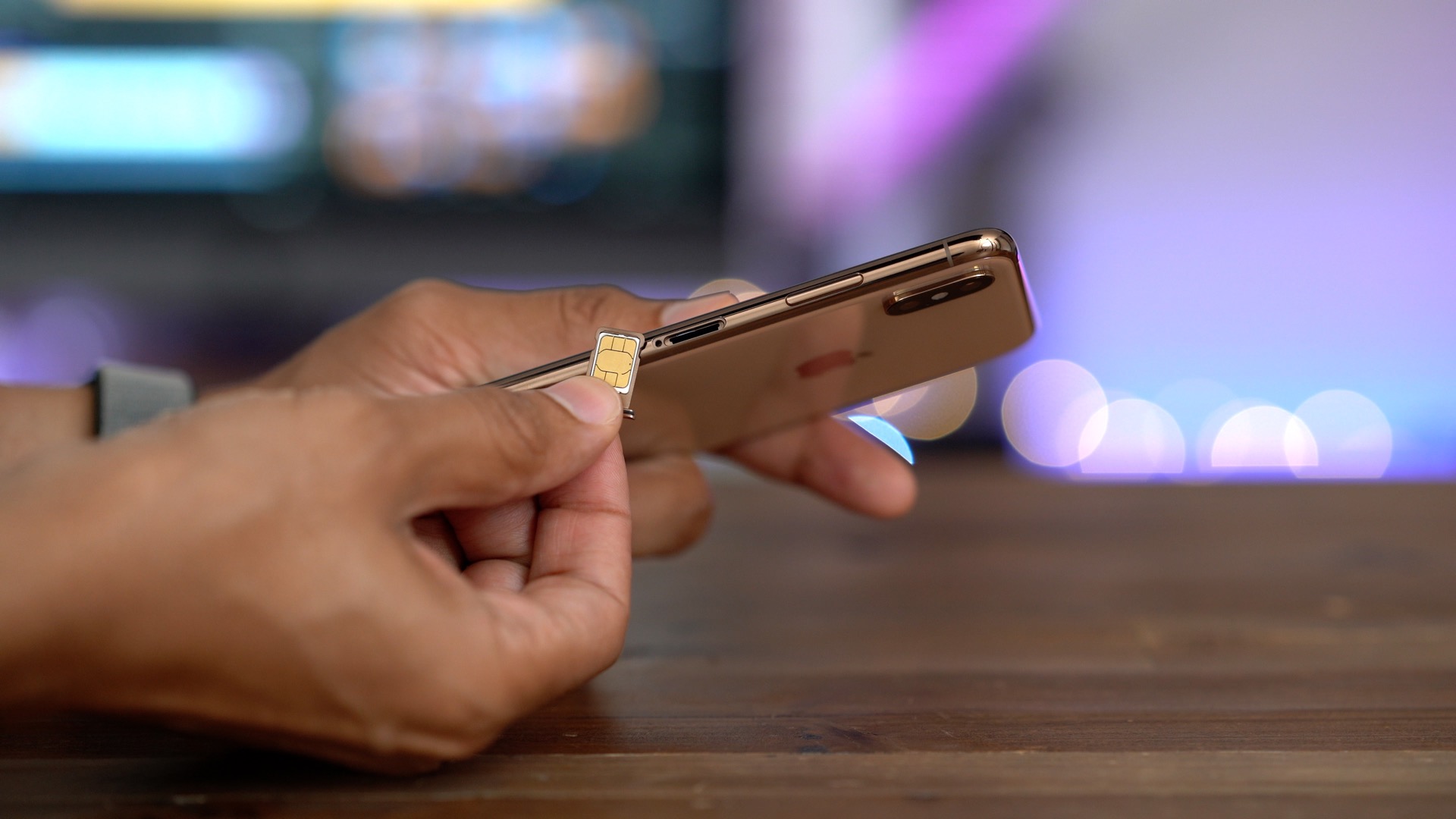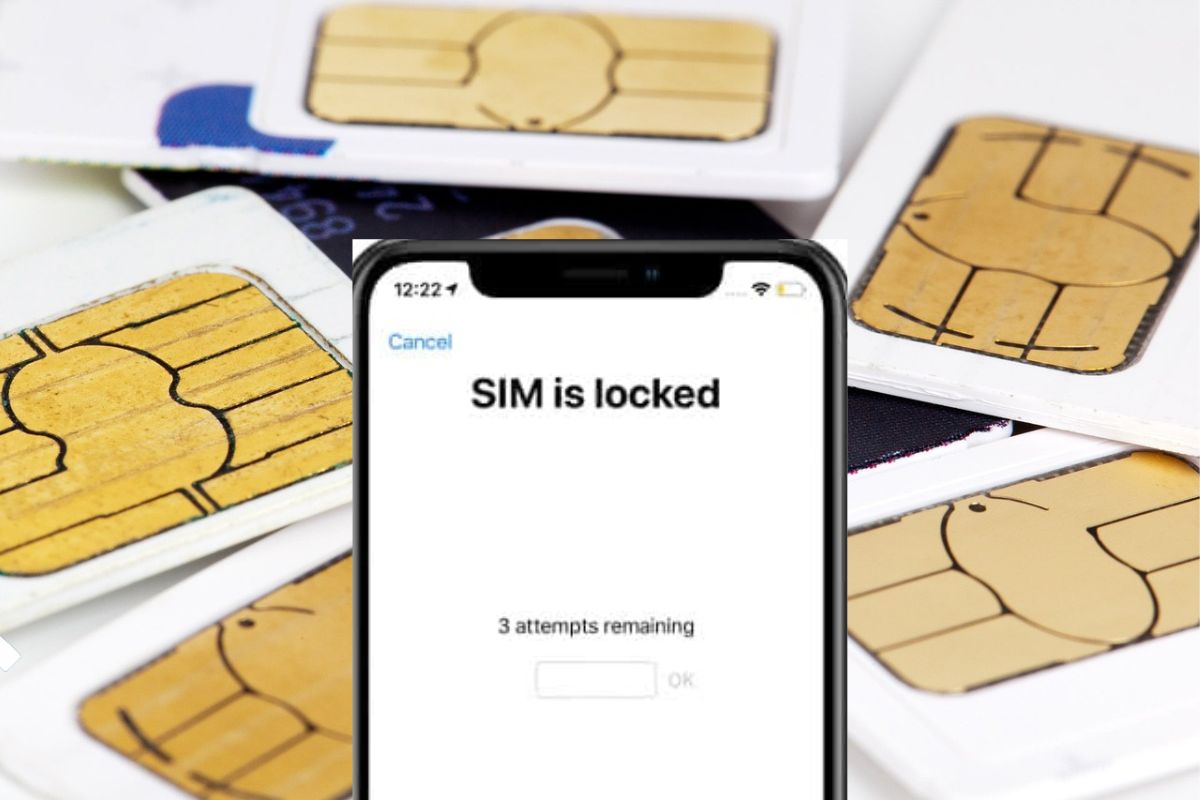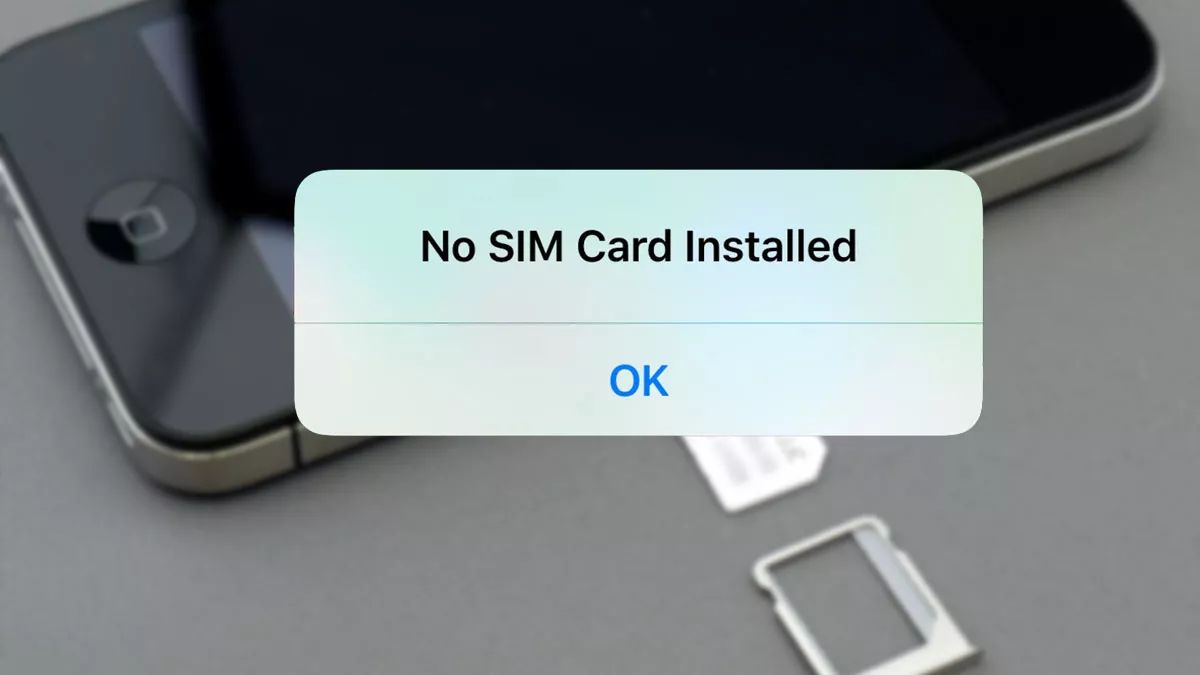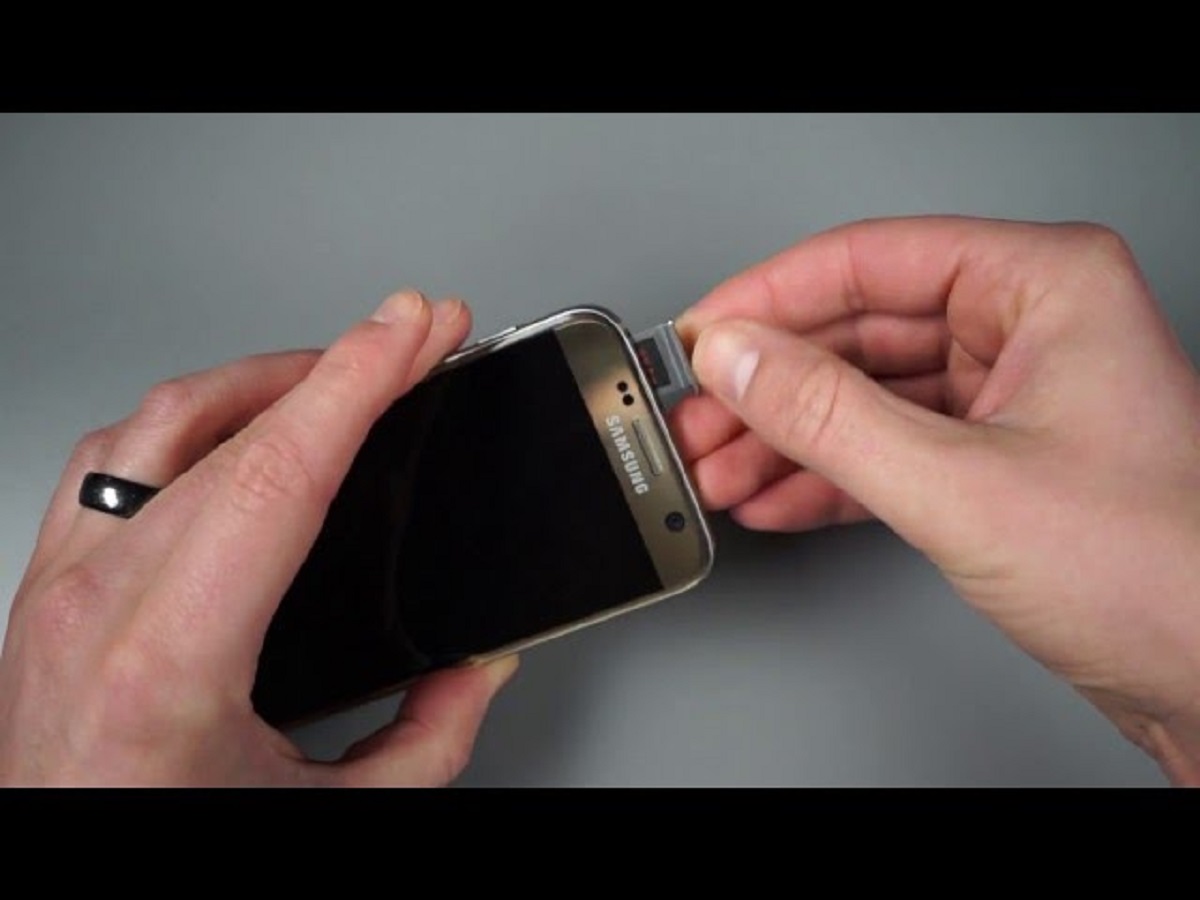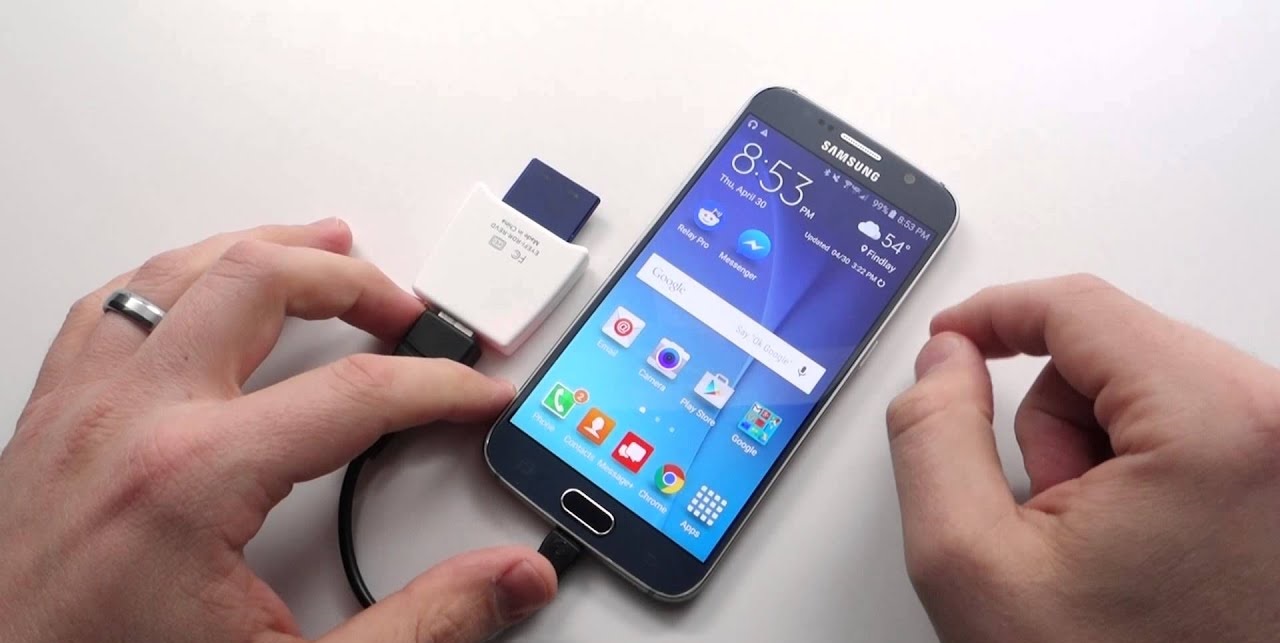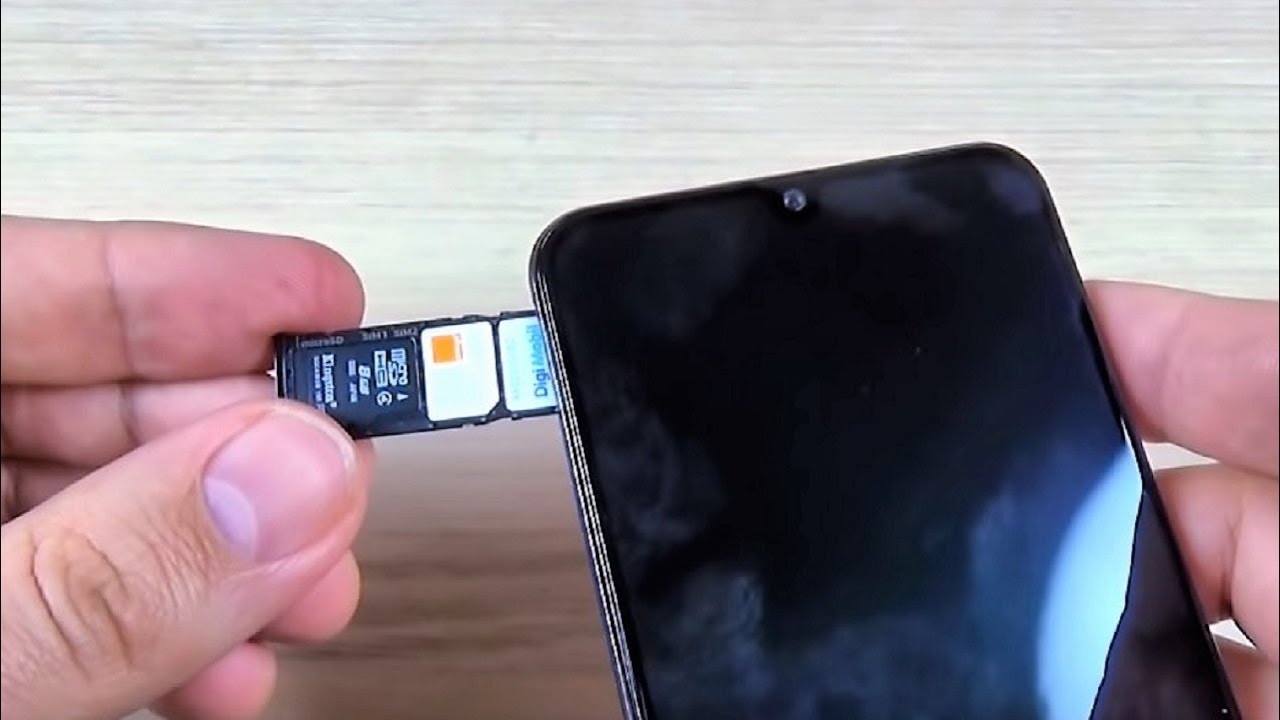Introduction
When it comes to mobile devices, the SIM card plays a crucial role in enabling communication and connectivity. This small, unassuming chip holds a wealth of information, including your phone number, contacts, and even text messages. It's essentially the key that unlocks your access to the cellular network, allowing you to make calls, send texts, and access mobile data.
However, there are times when you might need to switch your SIM card from one phone to another. Perhaps you've upgraded to a new device, or maybe your primary phone is undergoing repairs. While this may seem like a simple and convenient solution, it's important to understand the potential implications of such a switch.
In this article, we'll delve into the effects of putting your SIM card in another phone. From changes in network signal strength to compatibility issues with hardware and software, we'll explore the various factors that come into play when you make this switch. Additionally, we'll discuss the risks associated with data loss or corruption, as well as the impact on security and privacy.
By gaining a deeper understanding of these potential effects, you'll be better equipped to make informed decisions when it comes to managing your mobile devices and SIM cards. So, let's embark on this exploration to unravel the complexities of switching SIM cards between phones and the implications it carries.
Potential Changes in Network Signal
When you move your SIM card from one phone to another, one of the immediate effects you may notice is the potential changes in network signal strength and quality. This can be attributed to several factors, including the specific bands and frequencies supported by each device, as well as the network technologies they are compatible with.
Firstly, different mobile phones are designed to support various cellular bands and frequencies, depending on the region and the network standards prevalent in that area. As a result, when you transfer your SIM card to a new device, it may not be optimized to communicate with the same bands and frequencies as your original phone. This can lead to fluctuations in signal reception, potentially impacting call quality and data connectivity.
Moreover, the network technologies supported by the devices also play a crucial role in determining the strength and stability of the network signal. For instance, if your original phone is compatible with 4G LTE, but the new device only supports 3G or older standards, you may experience a downgrade in data speeds and overall network performance.
Additionally, the physical design and materials used in the construction of the phone can influence signal reception. Metal bodies or certain materials may interfere with the transmission and reception of cellular signals, potentially leading to a weaker network connection.
Furthermore, the presence of any external factors, such as geographical location, building structures, or network congestion, can exacerbate the impact of switching SIM cards between phones. These variables can contribute to fluctuations in signal strength and coverage, making it essential to consider the environmental conditions when evaluating the changes in network signal.
In essence, while transferring your SIM card to another phone, it's important to be mindful of the potential changes in network signal that may occur. Understanding the interplay of factors such as supported bands, network technologies, device design, and environmental influences can provide insights into the variations in signal strength and quality. By being cognizant of these potential changes, you can make informed decisions regarding the management of your mobile devices and network connectivity.
Compatibility Issues with Hardware and Software
When you transfer your SIM card to another phone, you may encounter compatibility issues related to both hardware and software. These issues can significantly impact the functionality and performance of the device, necessitating a deeper understanding of the potential challenges that may arise.
Hardware Compatibility:
The physical design and specifications of mobile devices vary widely, and as a result, compatibility issues can emerge when switching SIM cards between phones. One of the primary hardware-related concerns is the form factor of the SIM card itself. Different phones may require distinct types of SIM cards, such as nano-SIM, micro-SIM, or standard SIM. If the new device utilizes a different form factor than the SIM card, it may necessitate the use of an adapter or a new SIM card altogether.
Moreover, the physical dimensions and layout of the SIM card slot can differ across devices. While some phones feature dedicated slots for SIM cards, others may incorporate a hybrid slot that accommodates both SIM cards and external storage, such as a microSD card. This variation in slot design can pose challenges when attempting to insert the SIM card into the new device, potentially requiring adjustments or additional accessories for proper installation.
Additionally, the hardware components within the phone, including the radio frequency (RF) capabilities, antenna configurations, and support for advanced features such as dual-SIM functionality, can impact the compatibility of the SIM card with the new device. Incompatibilities in these hardware aspects may lead to limitations in network connectivity, reduced signal reception, or the inability to leverage certain features associated with the SIM card.
Software Compatibility:
In addition to hardware considerations, software compatibility is a critical aspect to evaluate when switching SIM cards between phones. The operating system (OS) and software settings of the new device must align with the requirements of the SIM card and the associated cellular network. For instance, if the new phone operates on a different OS platform, such as iOS versus Android, it may necessitate adjustments to ensure seamless integration and functionality of the SIM card.
Furthermore, the software configurations related to network settings, access point names (APNs), and carrier-specific requirements must be compatible with the SIM card to facilitate proper network connectivity and data services. Mismatched software settings can lead to issues such as inability to make calls, send texts, or access mobile data, highlighting the significance of ensuring software compatibility when transitioning the SIM card to a different phone.
In essence, compatibility issues with hardware and software can present notable challenges when moving a SIM card to another phone. By acknowledging the diverse hardware specifications and software requirements of mobile devices, individuals can proactively address potential compatibility issues, thereby optimizing the functionality and usability of their devices.
Risk of Data Loss or Corruption
When contemplating the transfer of a SIM card to a different phone, it's essential to recognize the potential risk of data loss or corruption that accompanies this process. The SIM card serves as a repository for a variety of critical information, including contacts, text messages, and network-specific configurations. As such, any mishap during the transition can lead to the inadvertent loss or corruption of this valuable data.
One of the primary considerations regarding data integrity involves the storage capacity and compatibility of the new device. If the target phone has limited storage space or utilizes a different file system than the original device, there is a heightened risk of data loss or corruption during the SIM card transfer. Additionally, the presence of any pre-existing data on the new phone can further complicate the process, potentially leading to conflicts or overwrite scenarios that compromise the integrity of the transferred data.
Moreover, the methods employed for transferring the SIM card, such as manual extraction and insertion or utilizing third-party tools, can introduce vulnerabilities that may result in data loss or corruption. Improper handling of the SIM card or the insertion process can lead to physical damage or accidental deletion of data. Similarly, reliance on third-party software or services for the transfer process can expose the data to potential security risks and errors, thereby jeopardizing its integrity.
Furthermore, the complexities associated with data encryption and security protocols implemented by modern mobile devices add another layer of concern regarding the risk of data loss or corruption. The encryption mechanisms utilized to safeguard the data stored on the SIM card may not seamlessly align with the security features of the new phone, potentially leading to data decryption issues or loss of access to encrypted content.
In essence, the risk of data loss or corruption when moving a SIM card to another phone underscores the importance of exercising caution and employing best practices to mitigate potential pitfalls. By acknowledging the intricacies of data storage, compatibility, transfer methods, and security protocols, individuals can navigate this process with heightened awareness, thereby safeguarding the integrity and accessibility of their valuable data.
Impact on Security and Privacy
When considering the impact of transferring a SIM card to a different phone, it's crucial to address the implications for security and privacy. The SIM card contains sensitive information, including authentication credentials, network-specific keys, and in some cases, secure elements for mobile payments and identity verification. As such, the process of moving the SIM card to another device can have far-reaching consequences for the security and privacy of the user.
One of the primary concerns relates to the security features and protocols embedded within the SIM card. Modern SIM cards often incorporate robust security measures, such as encryption algorithms and authentication mechanisms, to safeguard the integrity and confidentiality of the stored data. When transitioning the SIM card to a new phone, ensuring the seamless integration of these security features becomes paramount. Any mismatch or disruption in the security protocols can potentially expose the data to unauthorized access or compromise its confidentiality.
Moreover, the compatibility of the new device with the security standards and requirements of the SIM card is a critical consideration. If the target phone lacks support for specific security features or fails to adhere to the requisite protocols, it may render the SIM card vulnerable to exploitation or unauthorized manipulation. This can have profound implications for the overall security posture of the user's communication and data transactions.
Additionally, the transfer process itself introduces inherent security risks that warrant careful attention. Physical handling of the SIM card, particularly during extraction and insertion, can inadvertently expose the sensitive components to potential tampering or damage. Furthermore, the reliance on third-party tools or services for the transfer can introduce vulnerabilities, as the data traverses external platforms and interfaces, potentially increasing the exposure to security threats.
From a privacy perspective, the transfer of a SIM card to another phone raises concerns regarding the confidentiality and usage of personal information. The SIM card stores contact details, call logs, and message history, all of which are integral to the user's privacy. When transitioning to a new device, there is a need to ensure that the privacy settings and access controls align with the user's preferences and regulatory requirements. Failure to manage these aspects effectively can lead to inadvertent disclosure of personal information or unauthorized access to sensitive communication records.
In essence, the impact on security and privacy when moving a SIM card to another phone underscores the need for meticulous attention to detail and adherence to best practices. By prioritizing the preservation of security features, ensuring compatibility with security standards, and safeguarding privacy considerations, individuals can navigate this process while upholding the integrity and confidentiality of their data and communications.
Conclusion
In conclusion, the act of putting your SIM card in another phone can have a range of effects, spanning from changes in network signal strength to compatibility issues with hardware and software, as well as potential risks of data loss or corruption and implications for security and privacy. These factors collectively underscore the significance of approaching the process with careful consideration and awareness of the potential implications.
When contemplating the transition of a SIM card to a different phone, it is essential to acknowledge the dynamic interplay of hardware and software compatibility. The diverse form factors, slot designs, and hardware components across mobile devices necessitate a discerning approach to ensure seamless integration and functionality of the SIM card. Likewise, the software configurations and security protocols must align with the requirements of the SIM card to uphold data integrity and safeguard against security vulnerabilities.
Furthermore, the potential changes in network signal strength and quality highlight the need for a nuanced understanding of the technological and environmental variables that influence network connectivity. By recognizing the impact of supported bands, network technologies, and device design on signal reception, individuals can make informed decisions regarding the management of their network connectivity and mobile devices.
Moreover, the risk of data loss or corruption during the transfer process underscores the importance of employing best practices and careful handling to mitigate potential pitfalls. By considering storage capacity, compatibility, transfer methods, and security protocols, individuals can safeguard the integrity and accessibility of their valuable data.
From a security and privacy standpoint, the implications of transferring a SIM card to another phone necessitate a meticulous approach to preserve the confidentiality of sensitive information and uphold the security features embedded within the SIM card. By prioritizing adherence to security standards, ensuring compatibility with security protocols, and managing privacy considerations, individuals can navigate this process while upholding the integrity and confidentiality of their data and communications.
In essence, the effects of putting your SIM card in another phone underscore the need for informed decision-making, meticulous attention to detail, and adherence to best practices. By approaching this process with heightened awareness and a proactive mindset, individuals can optimize the functionality and usability of their devices while safeguarding the integrity and security of their data and communications.







